1920s

1924: First International Seed Congress in London – FIS (Fédération Internationale du Commerce des Semences) and ISTA (International Seed Testing Association) established
1928: FIS Congress in Bologna – first draft of the Rules for the International Trade in Herbage Seed presented
1929: FIS Congress in Paris – Rules for International Trade in Herbage Seed come into force
1930s

1930: First edition of the FIS Rules for International Arbitration Procedure adopted; FIS Congress in Budapest
1931: First International Rules for Seed Testing adopted by ISTA who also established the ISTA Certificates Scheme
1938: International Association of Plant Breeders for the Protection of Plant Varieties (ASSINSEL – Association Internationale des Sélectionneurs pour la Protection des Obtentions Végétales) is formed with the aim of establishing an efficient system for the protection of new plant varieties
1940s

Activity in the seed sector slows during World War II
1950s
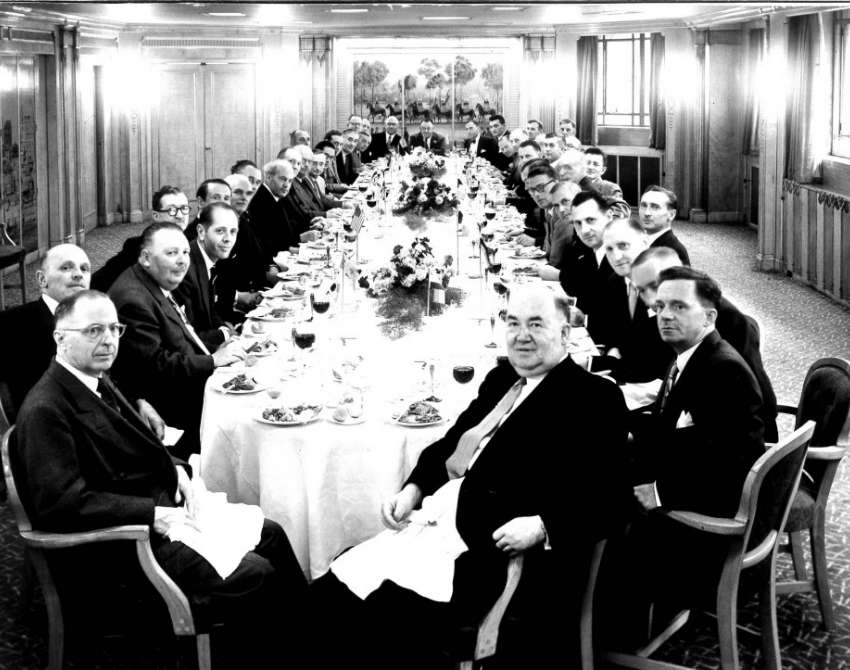
1950: FIS Congress, Paris marks the re-start of activity in the post-war period – Rules and Usages for the Trade in Seeds for Sowing Purposes revised
1951: International Plant Protection Convention (IPPC) adopted
1955: FIS extends its activities beyond forage and turf to form the Cereal Section
1956: ASSINSEL Congress in Semmering, Austria – motion passed calling for a diplomatic conference to consider the protection of plant varieties
1957: First International Conference for the Protection of Plant Varieties in Paris
1960s

1961: First Act of the UPOV Convention adopted
1963: Genetic code deciphered
1964: Forest and Tree Seed Group established (which later became the Tree and Shrub Seed Group)
1968: FDIS Congress, New York (see image)
1970s
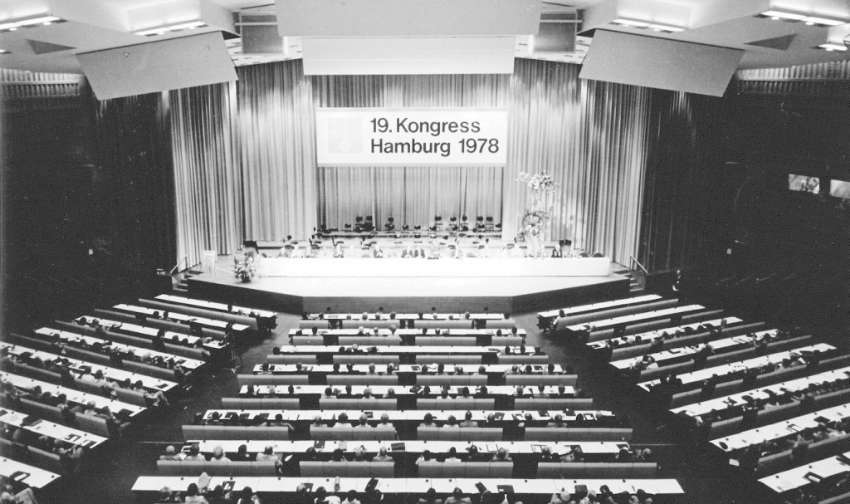
1970: 8th edition of the FIS Rules and Usages adopted – Canadian and US associations declare their commitment to the Rules
1973: Development of hybrid rice in China
1977: Merger of the FIS and ASSINSEL Secretariats as plant breeders and seed producers start to become a single entity
1978: Joint FIS/ASSINSEL Congress in Hamburg (see image)
1980s
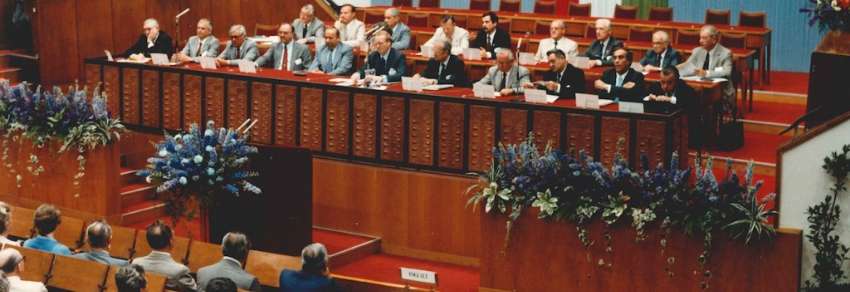
1980: First polymorphic RFLP marker described
1983: First stable transformations of plants by genetic engineering published
1987: First unsuccessful attempt to merge FIS and ASSINSEL
1990s
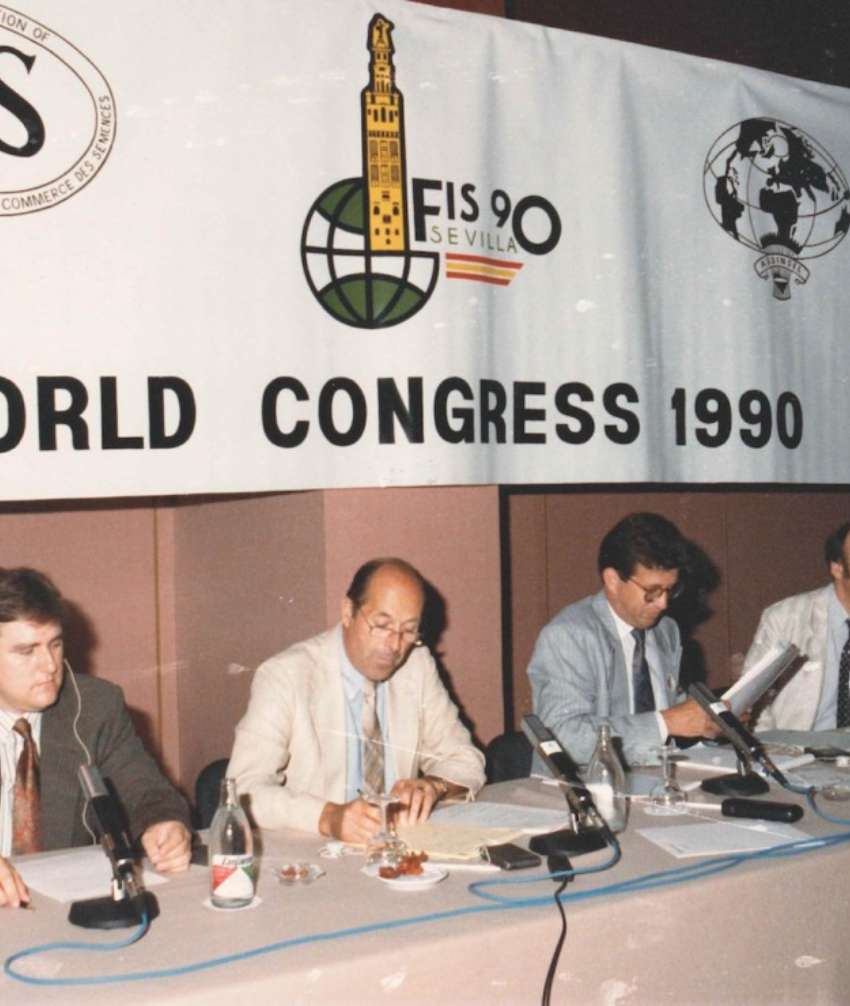
1991: New Act of the UPOV Convention adopted
1992: Convention on Biological Diversity published – a pivotal document on national strategies for the conservation and sustainable use of biological diversity
1993: First international seed health initiatives by FIS members
1994: 12th edition of the Rules and Usages adopted
1995: World Trade Organization’s TRIPs (Trade-Related Aspects of Intellectual Property Rights) Agreement requiring the protection of plant varieties comes into force
1995: Motions for the accreditation of seed companies for seed testing and certification adopted by FIS
1999: Accreditation of seed companies for field inspection in implementation of the OECD seed schemes
2000s
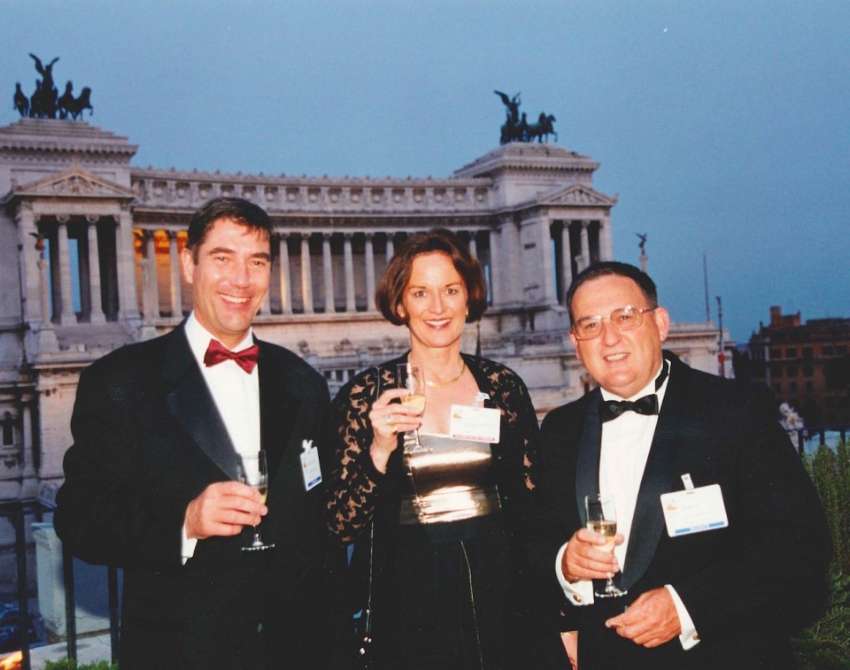
2000: Cartagena Protocol on Biosafety adopted
2001: International Treaty on Plant Genetic Resources for Food and Agriculture (ITPGFRA) adopted
2002: FIS and ASSINEL merge to become the International Seed Federation (ISF)
2003: Cartagena Protocol on Biosafety comes into force
2004: ITPGRFA comes into force
2005: Full accreditation of seed companies for seed certification under the OECD seed schemes and for issue of ISTA orange certificate
2010s

Nagoya Protocol (2010) adopted in Nagoya, Japan